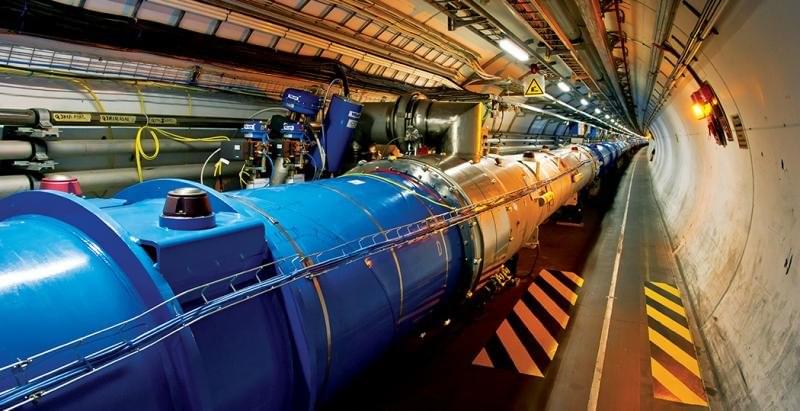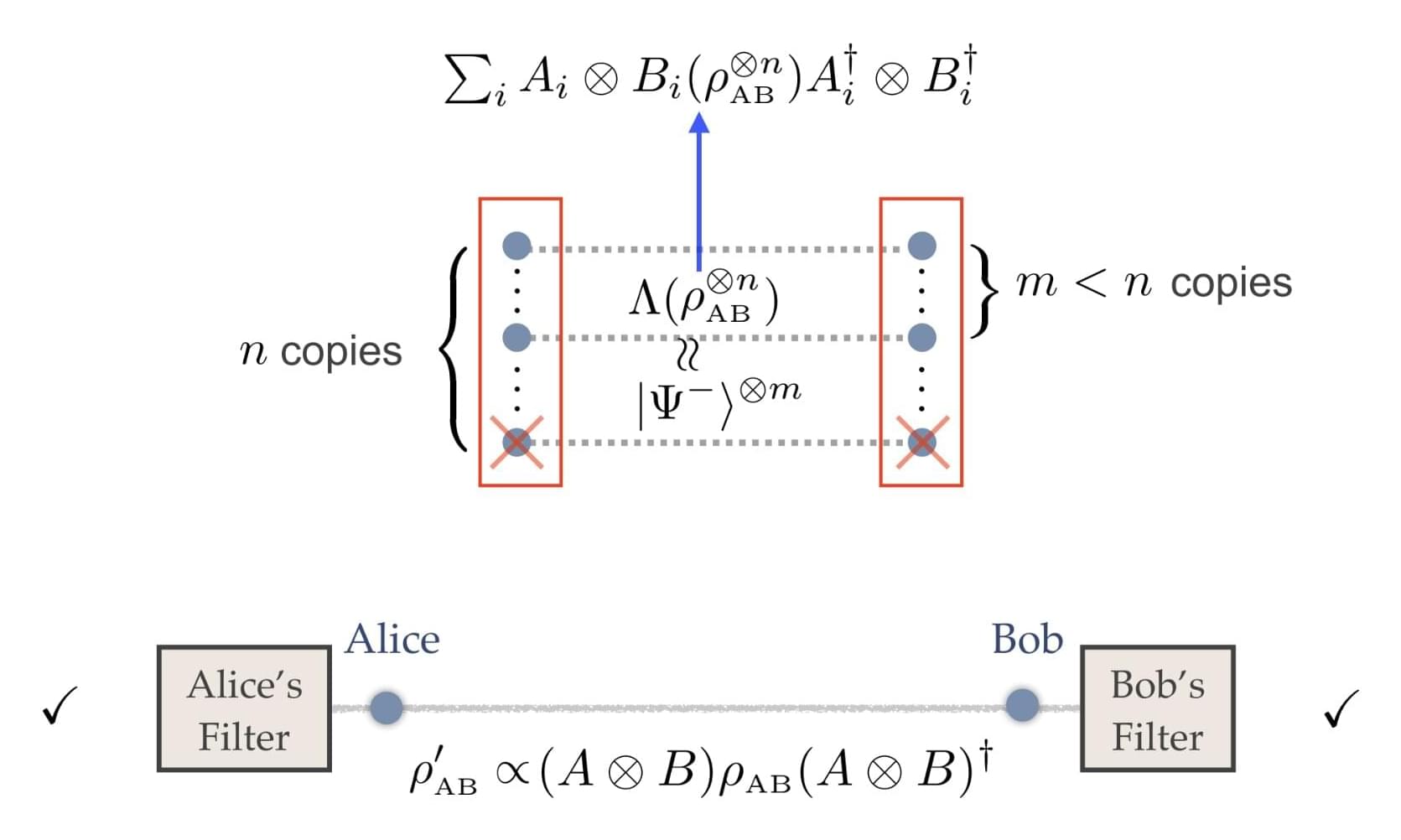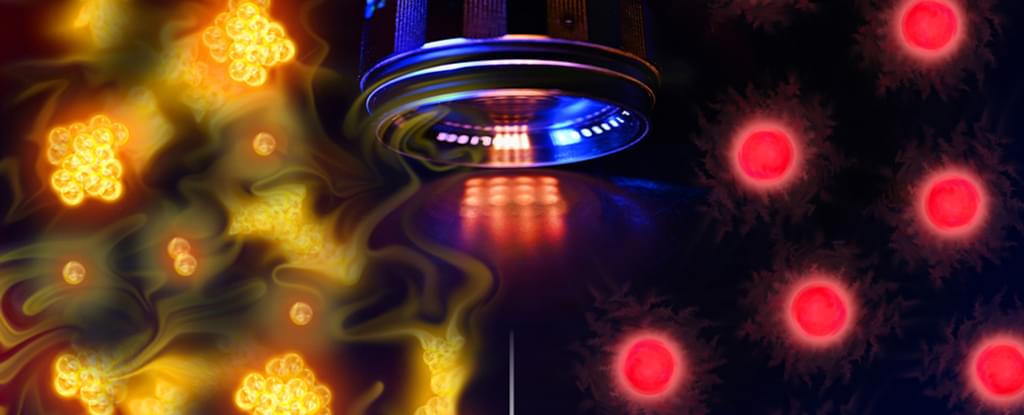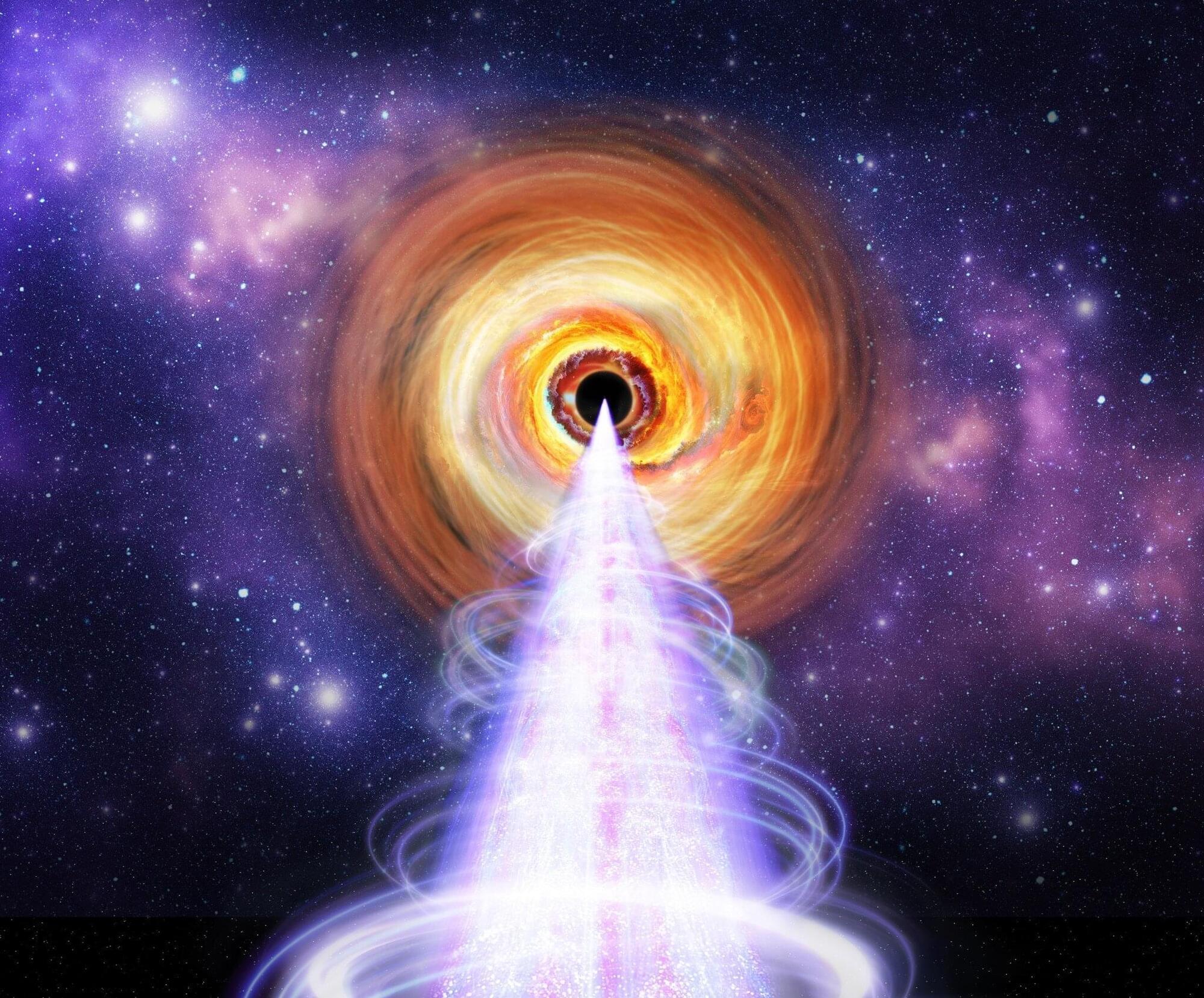In collisions of argon and scandium atomic nuclei, scientists from the international NA61/SHINE experiment have observed a clear anomaly indicative of a violation of one of the most important symmetries of the quark world: the approximate flavor symmetry between up and down quarks.
The existence of the anomaly may be due to hitherto unknown inadequacies in current nuclear collision models, but the potential connection to the long-sought-after “new physics” cannot be ruled out.
If we were to assemble a structure using the same number of wooden and plastic blocks, we would expect the proportions between the blocks of the two types not to alter after it has been dismantled. Physicists have so far lived in the belief that a similar symmetry of the initial and final states, called flavor symmetry, occurs in collisions between particles containing up and down quarks.









